the political power of fashion
'I want you to help me save the world, I can't do it on my own' - Vivienne Westwood
Words by Pearli Dark
Edited by
From the mini skirt as a protest for women’s liberation to the Palestinian flag colours worn at the Cannes Film Festival, politics and fashion have always been linked. Andrew Bolton, the curator of the MET’s costume exhibitions, notes “Fashion functions as a mirror to our times, so it is inherently political.” As frivolous as people make it out to be, fashion has never been neutral; it has always been a way to garner attention, whether that’s aesthetically or politically.
With the war in Palestine raging, my thoughts have been on how we can use our platforms to support and stand in solidarity. Being in the fashion world, my mind went straight to that: fashion has an undeniable platform, and the ability to wield significant power.
Let’s take a look at some moments in history where fashion was used as a tool for change.
The mini skirt
The beginning origins of the mini skirt take us to a boutique on Kings Road, circa 1965, run by Mary Quant.
With no formal fashion training but instead, a keen eye for trends, Quant raised the hems of skirts as second-wave feminism blossomed, representing a distinctive change in women’s fashion.
This movement was a hallmark for women's sexual liberation and shone a light on the undeniable change the world was undertaking. An instant success, the mini skirt epitomised the spirit of mid-60s London: free, energetic, and revolutionary.
The power of the mini skirt propelled the sexual and societal liberation of women — and we’ve been rocking them ever since.

Vivienne Westwood
Vivienne Westwood is synonymous with using your voice. Throughout the designer’s life, she was always outspoken in her beliefs, using her fashion to portray the punk movement, climate change, and more.
In 1977, Westwood wore a shirt emblazoned with a red swastika, an upside-down Christ on the cross, and the word ‘Destroy.’ This shirt encapsulated Westwood’s brand of punk politics, the shirt symbolizing a rebellion against older generations, the monarchy, and world leaders, insisting on their corruption. The punk movement was outspoken against these ideas, and Westwood was on the fashion frontlines highlighting this message.
And, of course, we can’t mention Westwood’s involvement in punk without addressing her relationship with the Sex Pistols. The punk band rebelled and challenged societal norms in 1970s Britain, with Westwood designing and styling their iconic punk looks.

Later in life, Westwood launched Climate Revolution, her campaign to address climate change, at the 2012 London Paralympics closing ceremony, dressing as an eco warrior atop her float while holding a giant climate revolution banner. Her braveness to stand up for her beliefs, when this could have blacklisted her, shows how important art can be as a vehicle for change.
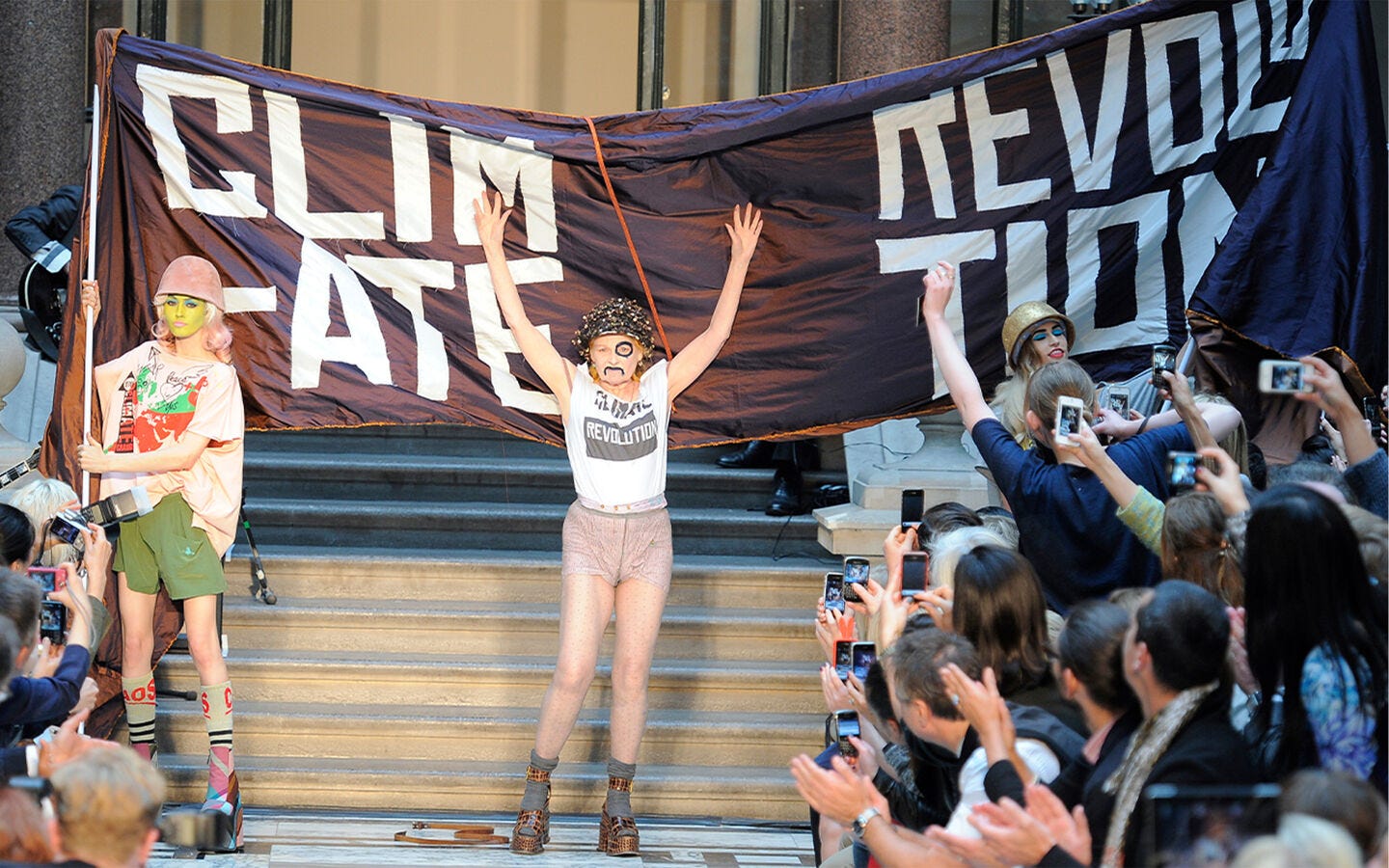
Taking a step forward to today, we can see how fashion can be a tool for change. Amidst the conflict in Palestine, some celebrities have shown their support by wearing the Palestinian flag, as pins or the colours themselves. Palestinian supermodel Bella Hadid has taken this an extra step, using her fashion at Cannes Film Festival to show her support for her people.
Bella stepped out at Cannes wearing 2001 Michael and Hushi’s keffiyeh dress, proudly displaying her support for the people in Gaza while enjoying what some have speculated to be a watermelon ice cream, another symbol of support for Palestine.
The dress made from keffiyeh fabric was constructed by designer Michael by hand and had its debut in 2001, taking it’s inspiration from the beauty and strength of Middle Eastern and Iranian woman, particularly, “how [these] women are Orientalised, commodified, objectified, othered, and stereotyped by both the West and the East, as well as the Islamophobia they face the collection was a love letter to these woman,” Hushi Mortezai explains.
The dress worn by Hadid holds a similar sentiment of pride in her heritage and support of her people; this display may seem unnoteworthy in the grand scheme of things, but using a platform of her size, is certainly a step in the right direction towards a better future.
What is evident is fashion has the power to wield change, display courage, and unveil truths, it not only displays who we are but what we believe in.
Donate to Palestine:
Droplets of Mercy: Donations help go towards immediate emergency relief, like food packs, hygiene kits (including period products), clean water, medical supplies/aid, and more.
Save the Children (Australia): Donations help deliver water, hygiene products, and food parcels, alongside other support for children like mental health services, essential medical equipment, warm clothes/blankets, money and vouchers so families can buy essentials themselves, and access to education through repairing damaged schools and creating temporary learning spaces.
Palestine Australia Relief and Action: Donations help Palestinian migrants and refugees seek safety in Australia. This can be through flights and accommodation to live in Australia, immediate health and wellbeing care, Visa/legal advice, and living costs like food/essential goods.
UNICEF (UK): Donations help supply hygiene kits to families, provide fuel to deliver clean water, and provide psycho-social support to displaced children and families.
Medical Aid for Palestinians: Donations help to buy medical support like medicines, equipment, and more to Palestinians.

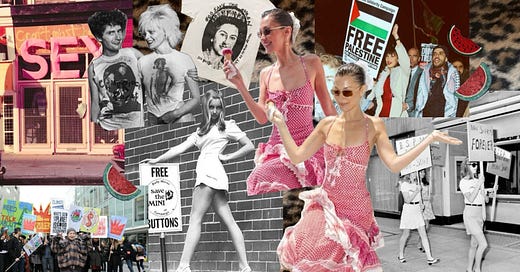

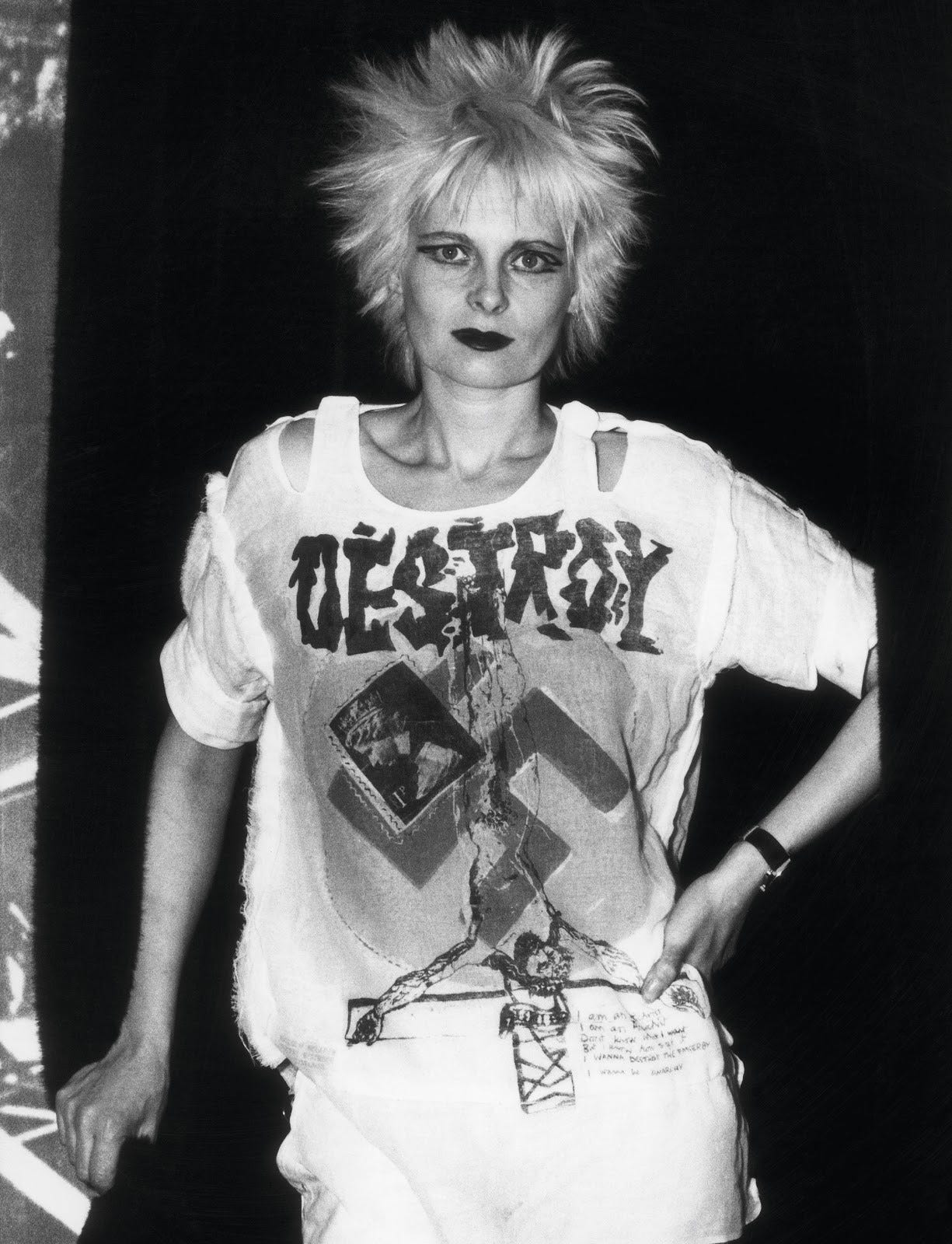

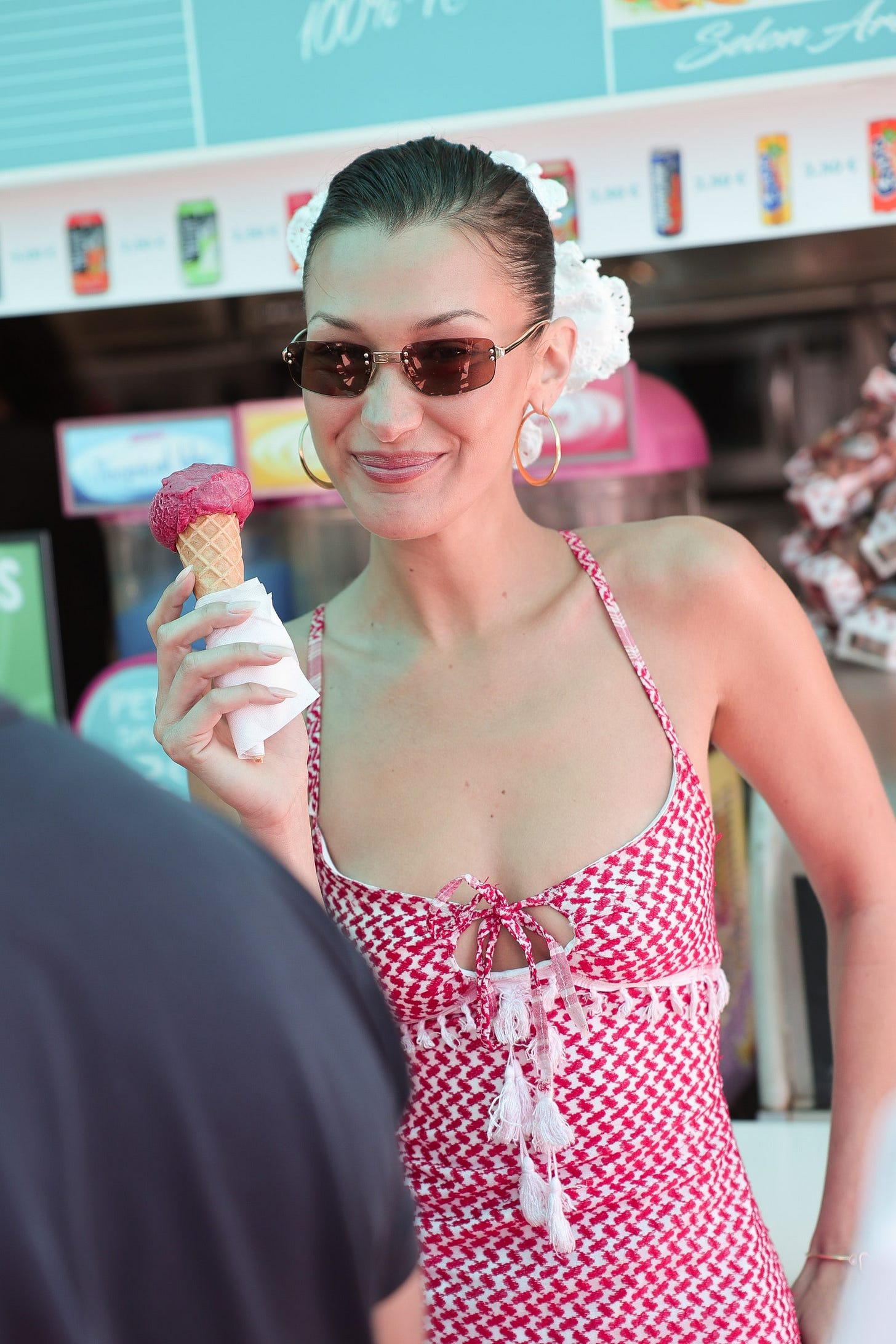
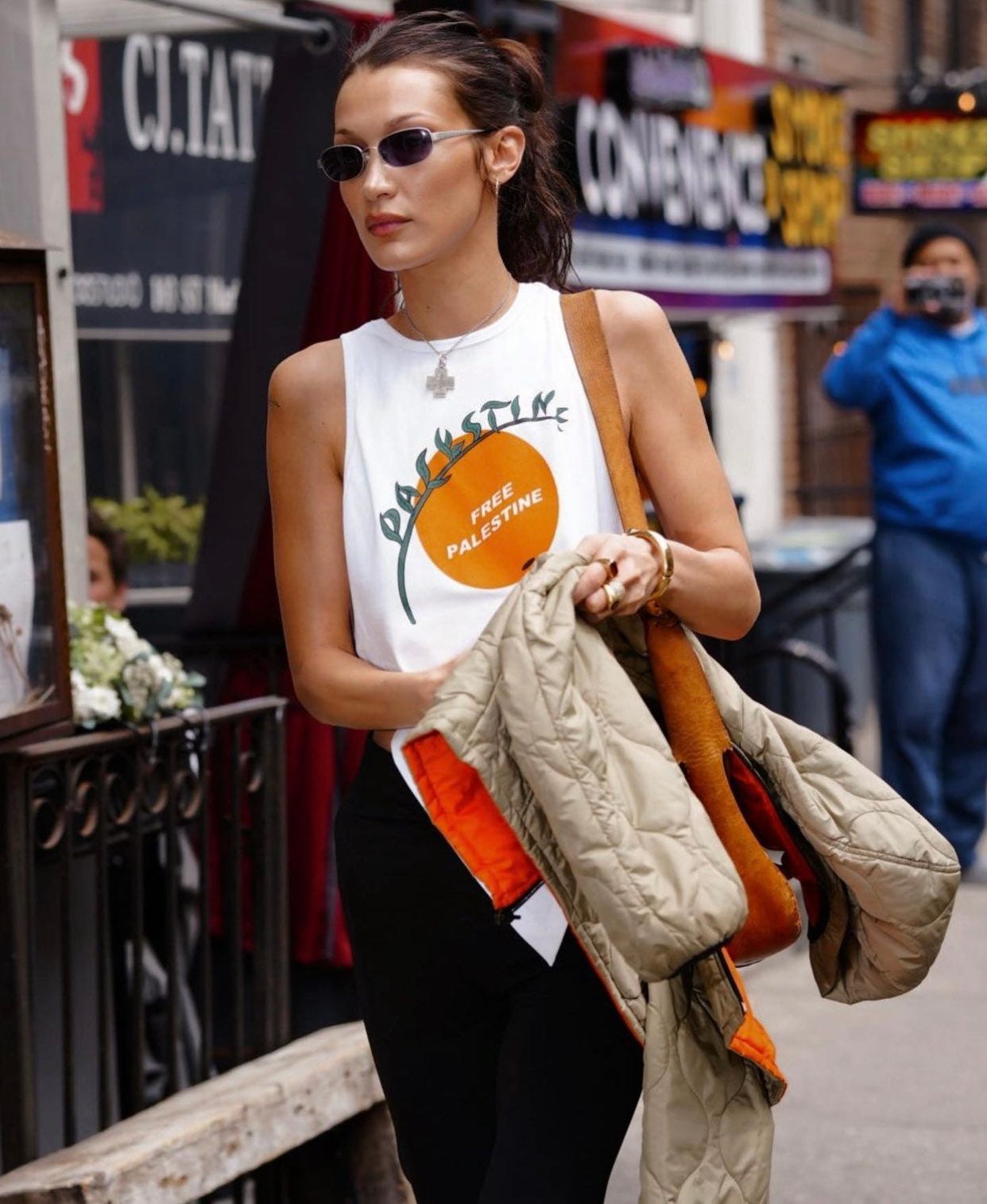
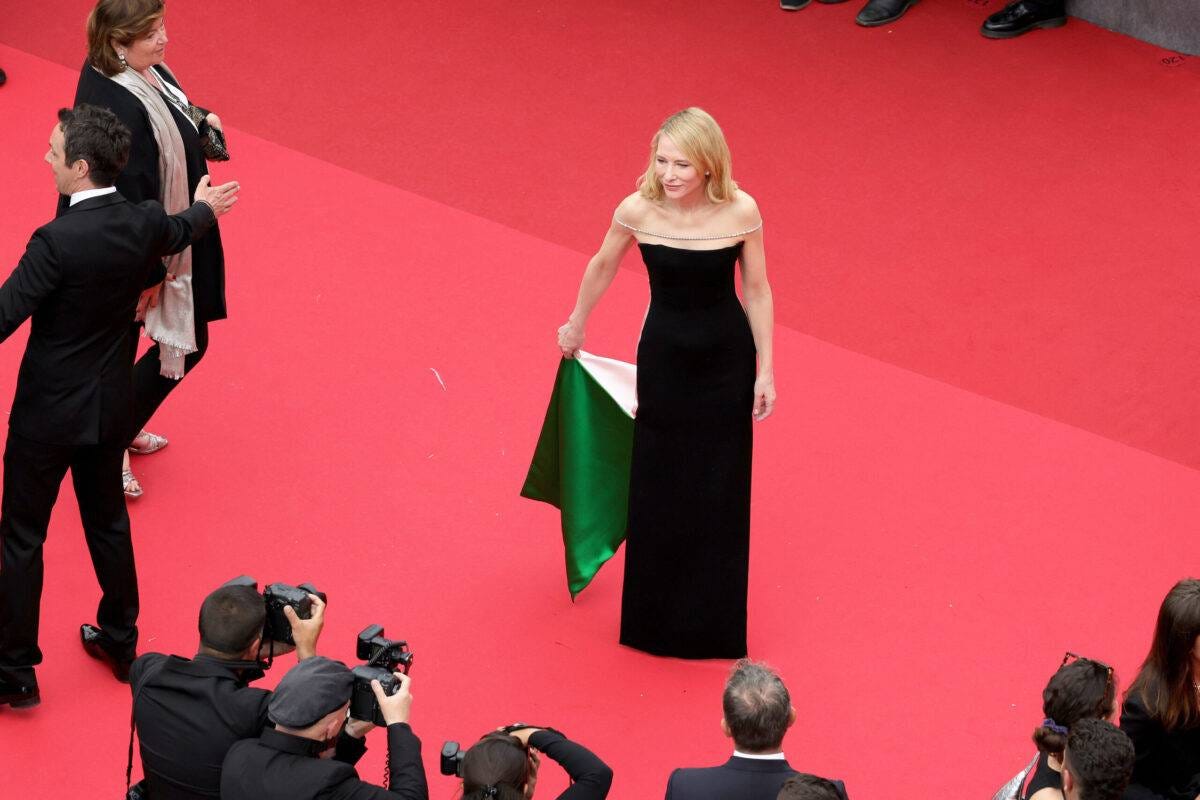

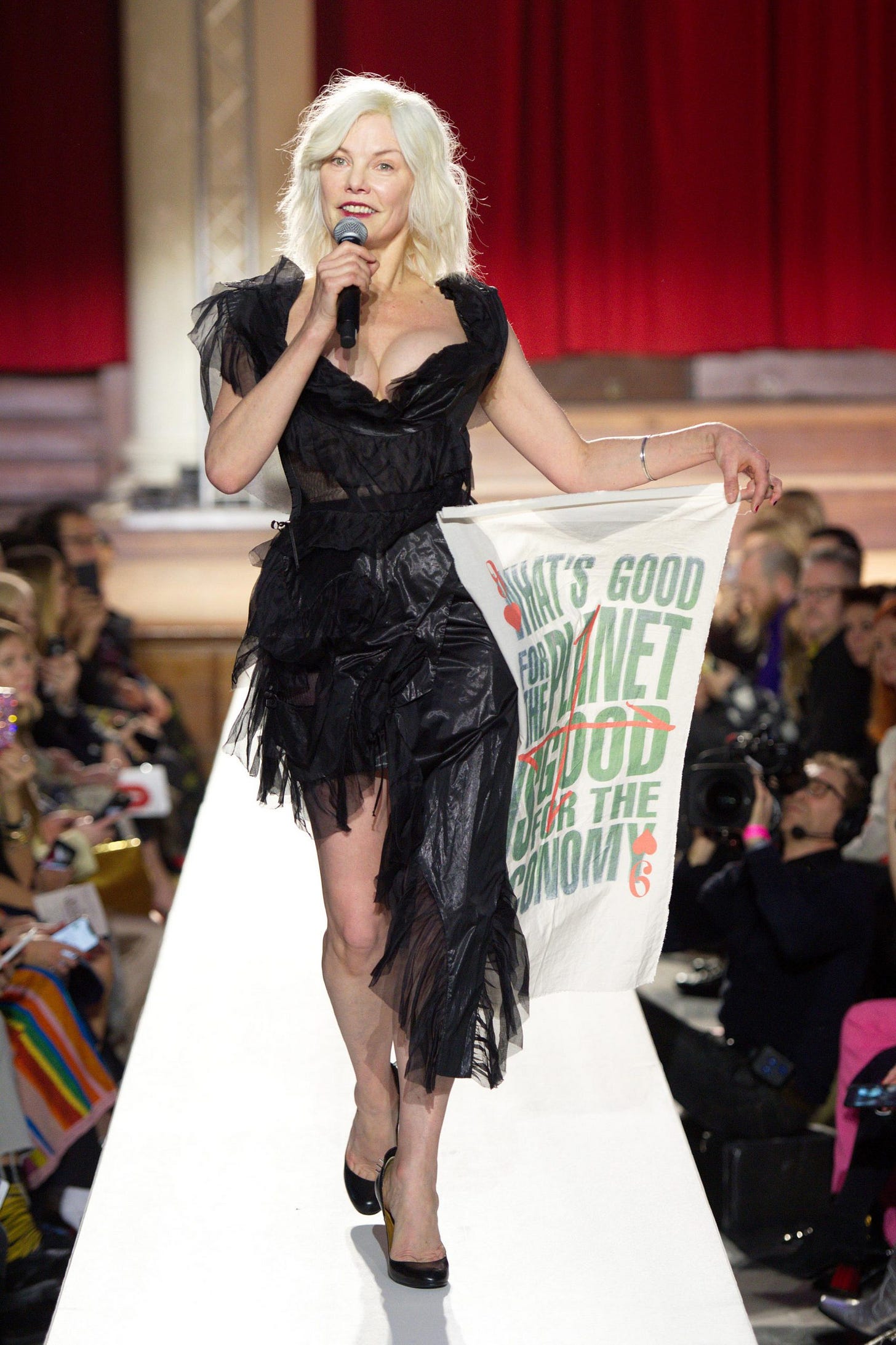
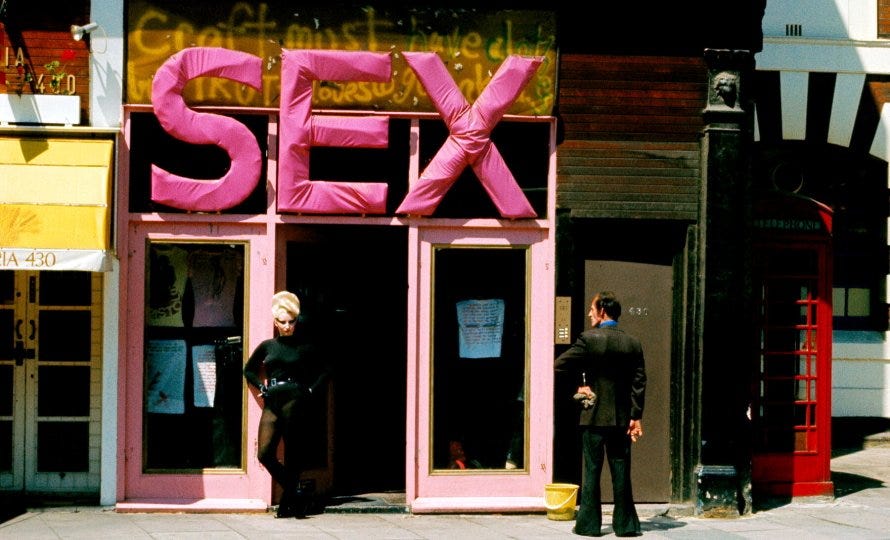
Great piece! Well articulated and informative ✨✨
Omg yess!! Idk if you saw my message but I was so wanting you to talk about fashion and politics cause I see it everywhere. And you’re the perfect person that knows both to write about both